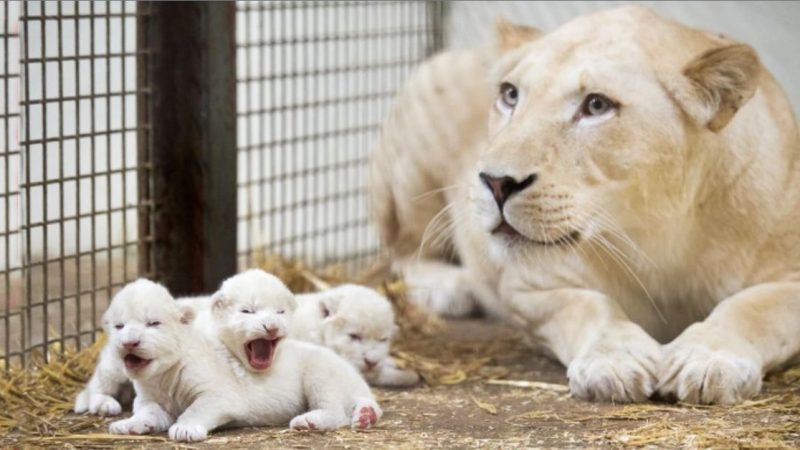
In the enchanting realm of avian beauty, there exists a captivating creature adorned in emerald green attire and polka dot vest, making it an embodiment of nature’s elegance. Meet the Green-Backed Twinspot, a delightful bird whose distinctive appearance and unique characteristics set it apart as a truly remarkable species.
The Green-Backed Twinspot, scientifically known as Mandingoa nitidula, is a charming finch found across various regions of Sub-Saharan Africa. This small, chunky bird boasts dark green plumage and a striking black beak adorned with white “twin spots.” However, it’s the male of this species that adds a vibrant touch to this charming ensemble, with bright red patches on his face and the tip of his beak.

In contrast, the female Green-Backed Twinspot shares a similar appearance to the male, with yellow patches gracing her face. The striking “twin spots” that earned this bird its name are a delightful feature that sets them apart.
Juvenile Green-Backed Twinspots lack the vivid facial colors and twin spot flecks that the adults possess. These endearing little birds often find themselves foraging for seeds, with a preference for grass seeds like basket grass, ribbon bristle grass, and forest wood grass. They also supplement their diet with stinging nettles and small insects such as aphids.

These birds inhabit a variety of habitats, from lowland moist forests in tropical regions to grasslands, shrublands, and even arable land. They have also adapted to exotic tree plantations.
In South Africa, Green-Backed Twinspots are known for their monogamous breeding, which often results in lifelong partnerships. During the breeding season, both male and female participate in nest-building, creating nests primarily from grass stems, skeletonized leaves, rootlets, twigs, and lichen. The interior of the nest is lined with feathers, fine grass, and other soft materials, carefully hidden in the tree canopy.

Clutches typically consist of 4 to 6 eggs, incubated by both parents for about 12 to 14 days. Once hatched, the young birds are fed by both adults and fledge after approximately 17 days.

The Green-Backed Twinspot boasts a substantial breeding range, though due to the challenges of observing its population, accurate quantification remains elusive. Nevertheless, this species is not currently considered under immediate threat, and its elegance in nature continues to captivate those who have the privilege of encountering it.




